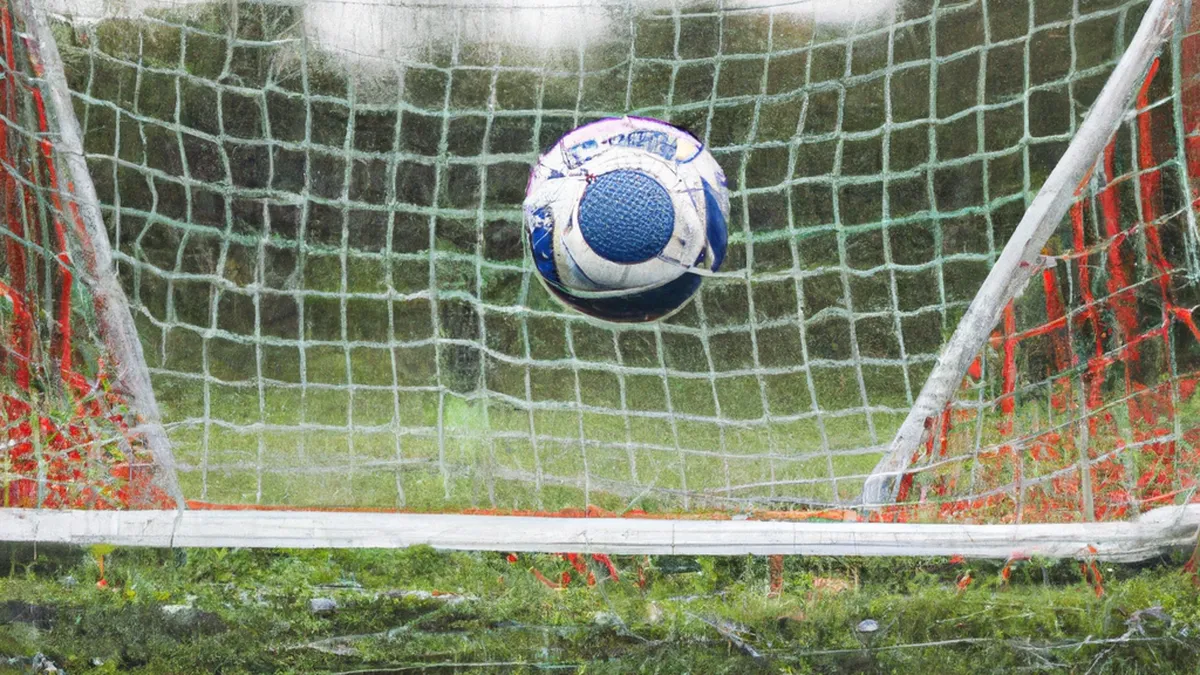4 Cone Drills to Increase Speed (Football)
Creating an Effective Speed and Agility ProgramIn sports, speed and agility set exceptional athletes apart from average ones. Athletes in sprinting, soccer, basketball, or similar sports can boost performance through improved speed and agility. This blog post outlines key components for an effective speed and agility program to help maximize your athletic potential.
Understanding Speed and Agility
Before starting a training program, define speed and agility. Speed means moving quickly across distances and includes sprinting speed, acceleration, and overall quickness. Agility refers to changing direction rapidly while maintaining control and balance. It combines physical strength, coordination, and reaction time.Speed and agility play vital roles in many sports. For example, soccer players sprint past defenders, while basketball players pivot quickly to evade opponents. Athletes can enhance performance and reduce injury risk by focusing on these attributes.
Key Components of a Speed and Agility Program
1. **Warm-Up**: Start every training program with a proper warm-up. Warming up prepares muscles, joints, and the cardiovascular system for intense activity. Include dynamic stretches like leg swings, arm circles, and light jogging. This increases blood flow and flexibility, reducing strain and sprain risks.2. **Drills**: Use various drills to develop speed and agility. Focus on acceleration, deceleration, and change of direction. Effective drills include: – **Cone Drills**: Set up cones in patterns like zig-zag or T-shape. Sprint between them, emphasizing quick direction changes. – **Ladder Drills**: Use an agility ladder for footwork drills that enhance coordination and speed. Perform high knees, lateral shuffles, and in-and-out steps. – **Shuttle Runs**: Place two markers 10-20 meters apart. Sprint back and forth between them, focusing on quick starts and stops.3. **Strength Training**: Strength training forms a critical part of a speed and agility program. It lays the foundation for explosive movements and quick reactions. Focus on lower-body exercises like squats, lunges, and deadlifts to build leg strength. Core strength enhances stability and balance during quick movements. Include exercises like planks, Russian twists, and medicine ball throws to develop core strength.4. **Plyometrics**: Incorporate plyometric exercises to further enhance speed and agility.
Conclusion
As an Amazon Associate I earn from qualifying purchases.
Gear tip: consider basketball, football, and usb microphone to support this topic.
In summary, a well-rounded speed and agility program includes warm-ups, varied drills, strength training, and plyometrics.
Below are related products based on this post:
FAQ
What is the difference between speed and agility?
Speed refers to moving quickly across distances, encompassing sprinting speed, acceleration, and overall quickness. Agility, on the other hand, involves the ability to change direction rapidly while maintaining control and balance, combining physical strength, coordination, and reaction time.
Why is warming up important in a speed and agility program?
Warming up is essential as it prepares muscles, joints, and the cardiovascular system for intense activity. A proper warm-up increases blood flow and flexibility, which helps reduce the risks of strains and sprains during training.
What types of drills should be included in a speed and agility program?
A variety of drills should be included, focusing on acceleration, deceleration, and change of direction. Effective drills include cone drills, ladder drills, and shuttle runs, all designed to enhance quickness and coordination.















Post Comment